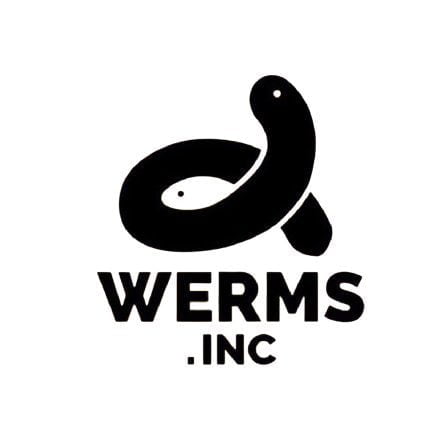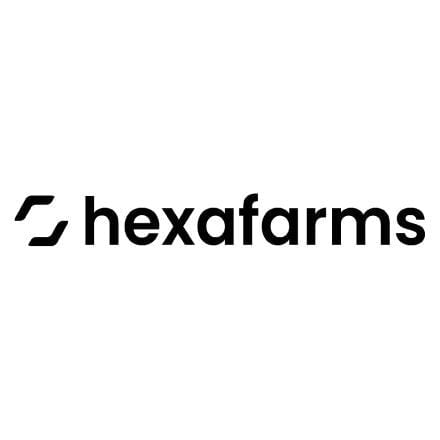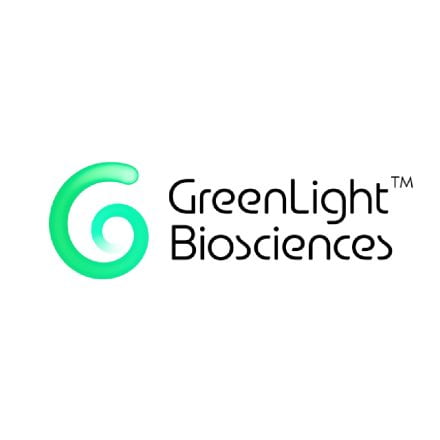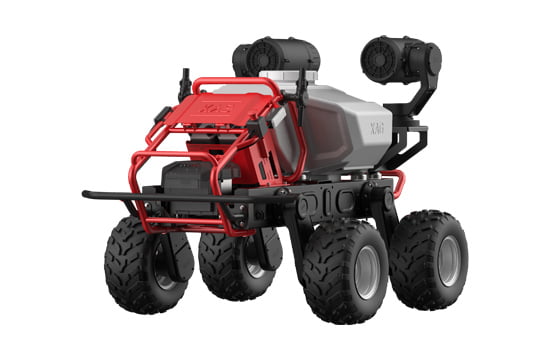The recent hypothetical discovery of the LK-99 room temperature superconductor could represent a major breakthrough moment for the advancement of humanity and agriculture worldwide. In this article I will explore the hypothetical revolutionary properties of LK-99, conduct an in-depth examination of its potential applications across the agricultural sector, and analyze the possible impacts on critical issues like food security, sustainability, climate change mitigation, and global geopolitics.
Introduction to Superconductors and LK-99
Transforming Agriculture with LK-99 Superconductors
Precision Agriculture
Renewable Energy Storage
Electric Motor and Generator Efficiency
Maglev Transportation
Water Conservation Technologies
Global Impacts on Food Security, Sustainability, Climate Change & Geopolitics
Important: The LK-99 superconductor described in this article is a theoretical material that has not yet been synthesized in the real world. All information presented about LK-99’s properties and potential applications in agriculture is hypothetical and conceptual in nature. This article is intended for informational purposes only, to explore the possibilities of room temperature superconductors. Until such materials can be reproduced and verified experimentally, the capabilities of LK-99 remain within the realm of scientific imagination and prospecting. This post represents a thought experiment about how emerging superconductor discoveries could influence the future of agriculture.

Introduction to Superconductors and LK-99
To understand the monumental promise of LK-99, it is first useful to explain the phenomenon of superconductivity. Superconductors are materials that can conduct electricity and magnetic fields with zero resistance when cooled below a critical transition temperature. This allows electricity to flow without any loss of energy.
Superconductivity was first discovered in 1911 when mercury was cooled to 4 Kelvin, approaching absolute zero temperature. For decades, superconductors required impractical extremely low temperatures only attainable with liquid helium cooling. This restricted applications to niche uses like MRI machines and particle accelerators.
The discovery of high-temperature cuprate superconductors in 1986 raised the achievable transition temperature significantly, but even those materials required cooling to at least 30 Kelvin. The development of practical applications remained limited.
LK-99 represents a potential watershed moment, as the first superconductor able to operate at room temperature. This makes integration into everyday systems feasible for the first time in history, unlocking a world of possibilities.
Some key properties of LK-99 include:
- Zero electrical resistance allows lossless transmission of electricity.
- Ability to conduct extremely high currents without loss or heating.
- Production of strong magnetic fields for manipulation of charged particles.
- Sensitivity to magnetic field fluctuations enables extremely precise sensors.
- No resistance heating reduces energy waste and improves reliability.
These unique characteristics make LK-99 an ideal material for enhancing electrical systems across many industries, especially agriculture.
Transforming Agriculture with LK-99 Superconductors

The introduction of LK-99 has disruptive implications for the advancement of agricultural technologies and practices. Specific applications include:
1. Precision Agriculture
Precision agriculture utilizes data from sensors and imaging to optimize farming operations on a micro scale. LK-99 could enhance precision agriculture in several ways:
- Superconducting quantum interference device (SQUID) sensors leverage quantum effects to detect minute magnetic field changes corresponding to soil composition variations. This reveals moisture, nutrient and salinity levels to optimize irrigation, fertilizer use and more.
- Fast low-loss data transmission from distant sensors enables real-time adjustment of farming practices and automated control of irrigation systems, crop monitoring drones, and robotic crop maintenance machinery.
- GPS guidance systems for tractors and harvesters are improved with precise positioning from superconducting quantum interference filters. Farm vehicles can follow optimal paths through fields within 2-3 centimeters of accuracy.
- Superconducting electronic components experience no resistance heating, improving durability and reliability for agriculture electronics exposed to harsh outdoor environments.
Though additional infrastructure would be required, rolling out LK-99-enabled precision agriculture sensors across global croplands could conservatively improve yields by 15-20% while reducing fertilizer, pesticide, fuel and water usage.
2. Renewable Energy Storage
Renewable energy sources like wind and solar are inconsistent, making energy storage systems essential for widespread adoption. LK-99 could enable several superconducting magnetic energy storage (SMES) solutions:
- Direct current is used to charge a superconducting magnetic coil, storing energy in the magnetic field with no losses or dissipation. Discharging the coil releases the stored power.
- SMES systems have high round-trip efficiencies up to 95%, far exceeding batteries. This makes them ideal for short-term energy storage and supply stabilization.
- Millisecond response times allow SMES systems to smooth output fluctuations from renewables. Excess wind or daylight can be stored in coils and discharged as needed.
- No degradation over extremely long lifetimes – charged SMES coils can theoretically store energy indefinitely. This provides reliable long-duration backup power.
SMES with LK-99 coils could be crucial for transitioning farms to renewable energy sources. Stored electricity can prevent crop losses whenever generation fluctuates.
3. Electric Motor and Generator Efficiency
LK-99 enables superconducting electric motor designs with extreme power densities. Similar motor topology improvements across agriculture could include:
- Tractors, harvesters, and other farm vehicles see large efficiency gains from lightweight superconducting motors. This reduces fossil fuel consumption.
- Precise variable speed pumps and compressors for irrigation, refrigeration, and greenhouse climate control optimize energy usage.
- Processing equipment for crops, dairy and meat benefits from compact, reliable superconducting generators and motors.
- High-temperature superconducting cables make possible distributed motor networks with synchronized control, eliminating energy losses over long distances.
4. Maglev Transportation
Magnetic levitation (maglev) train systems rely on superconducting coils and can reach speeds over 600 km/h thanks to no friction. Applications in agriculture include:
- Refrigerated maglev shipping containers transport fresh crops rapidly over 1000+ kilometers after harvest to avoid spoilage.
- Livestock and dairy farming is possible in remote areas, with maglev providing fast connectivity to urban markets.
- Automated indoor maglev systems move crops during processing and warehouse robots for efficient manufacturing and distribution.
5. Water Conservation Technologies
LK-99 could enable significant water savings by improving irrigation efficiency:
- Superconducting motors in irrigation pumps reduce electricity usage, minimizing energy-intensive water pumping.
- Remote moisture sensors and valve actuators connected via superconducting cables optimize irrigation in real time without leakage.
- Water desalination, purification, and condenser HVAC systems all become more efficient with compact LK-99 components.
Reduced agricultural water usage preserves aquifers, rivers, and lakes while increasing profitability by lowering costs.
Global Impacts on Food Security, Sustainability, Climate Change, and Geopolitics
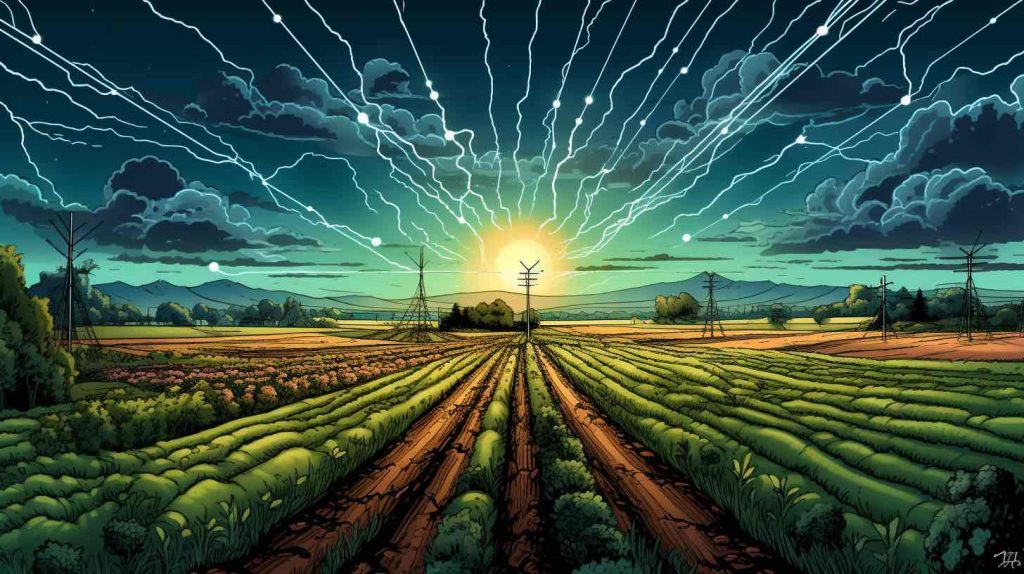
Adoption of LK-99 superconductors throughout agriculture could have profound worldwide impacts:
Food Security
- Increased crop yields and more efficient distribution chains improve global food production capacity and reduce waste.
- Reliable crop production with climate-resilient technologies protects against food shortages.
- Affordable fresh food becomes available across the world through low-loss transportation.
Sustainability
- Renewable energy enables carbon-neutral farming practices.
- Precision agriculture decreases fertilizer, pesticide, and herbicide usage.
- Water-saving irrigation techniques preserve overexploited rivers and aquifers.
- Less-polluting transportation and reduced waste further limit agriculture’s environmental impact.
Climate Change Mitigation
- Lower fossil fuel consumption across farming operations cuts agricultural greenhouse gas emissions.
- Widespread renewable energy storage provides a pathway to decarbonize the electrical grid.
- Reforestation and revegetation are possible instead of farmland expansion by increasing yields.
- More resilient cropping systems are possible in areas impacted by climate change.
Geopolitics
- Increased agricultural productivity could strengthen export economies of developing countries with fertile land.
- Food and water shortages that have historically led to conflict are reduced through better resource management.
- Universal access to nutritional food could promote more equitable societies and reduce socioeconomic sources of instability.
However, the political complexities of global food systems must also be considered regarding LK-99:
- Wealthier nations must avoid monopolizing benefits from the technology. Open information sharing and access will be critical.
- Proactive policies are required to ensure small farms also transition, not just industrial agriculture.
- Job training programs should be implemented to help farmers adapt to more advanced techniques enabled by superconductors.
- Cooperation between public organizations, private corporations, and international governing bodies will be essential to equitably guide the superconductor revolution.
With conscientious leadership and inclusive policies, LK-99 truly could help unlock the dream of sustainably nourishing the planet’s growing population in the decades to come.
The next step
In looking across the multitude of agricultural applications, it is clear the introduction of LK-99 superconducting technologies has monumental potential. From enhancing precision farming to electrifying transportation, superconductors can optimize every step of producing, processing and distributing food worldwide. When responsibly leveraged, room temperature superconductors may hold the key to sustainably feeding future generations.
While this discussion has focused on the promising possibilities of LK-99, it is important to note these applications remain largely theoretical and face real-world adoption challenges. As research continues, it will take substantial investment, entrepreneurial creativity, and transparent public dialogue to develop a superconducting agri-food future that benefits people and the planet. One thing is certain – we stand on the cusp of a new technological era in humanity’s age-old quest to effectively cultivate crops. The pathway forward promises to be an exciting one.







